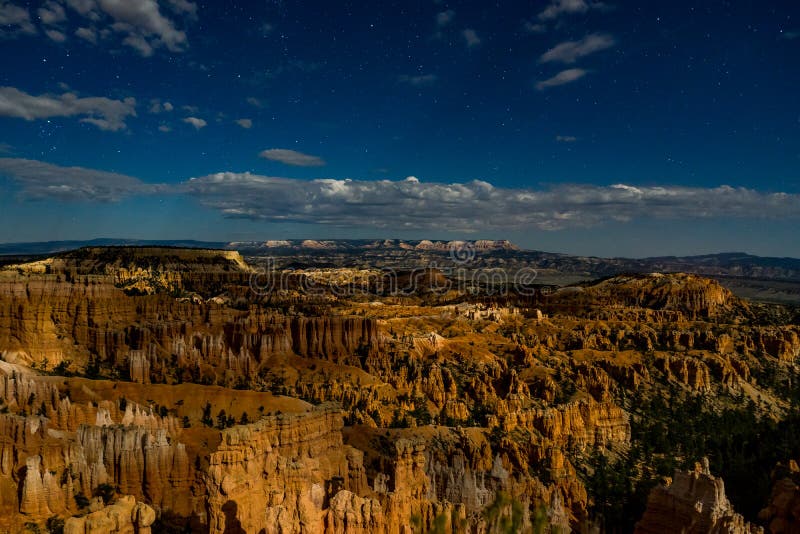
/https://tf-cmsv2-photocontest-smithsonianmag-prod-approved.s3.amazonaws.com/9a3682d5-2dbb-484c-906a-f7aef231b498.jpg)
Yovimpa Point, which is also located here, is where you can look at the Grand Staircase: a layered rock formation. Located at the southern end of the park, Rainbow Point offers expansive views of the entire park back to the north.

BRYCE CANYON UTAH AT NIGHT FULL
Full instructions for getting tickets are on the hike's webpage.) (Note: You must have a ticket to attend this hike and tickets are distributed via a lottery system. Hikes traverse up to 2 miles and there's usually an option for an easy or strenuous hike. You can also sign up for a Full Moon hike, which take place year-round during the full moon (one to two consecutive nights each month).

These tours generally run Thursday through Saturday at 10, 10:30 and 11 p.m. During the summer season, rangers lead 20-minute constellation tours that point out constellations and discuss the field of astronomy. While you can easily go stargazing on your own, the park offers several ranger programs to take advantage of the nighttime scenery. On a clear night in Bryce Canyon, the National Park Service reports you can see all the way to the Andromeda Galaxy, which is 2.2 million light-years away. It's a designation from the International Dark-Sky Association, which promotes and protects locations with great nighttime environments. In fact, the park is an official International Dark Sky Park. Bryce Canyon National Park's clear air, high elevation and lack of light pollution make it a prime stargazing spot.


 0 kommentar(er)
0 kommentar(er)
